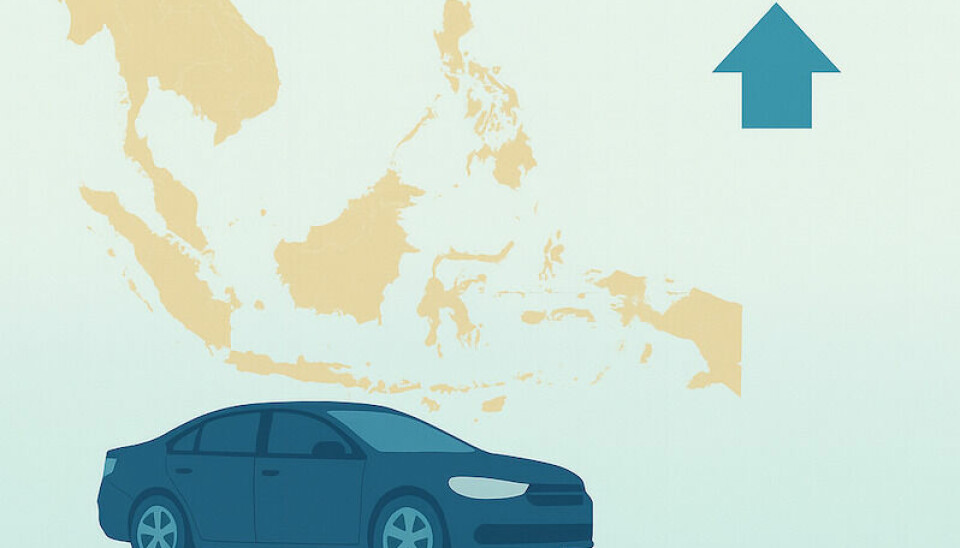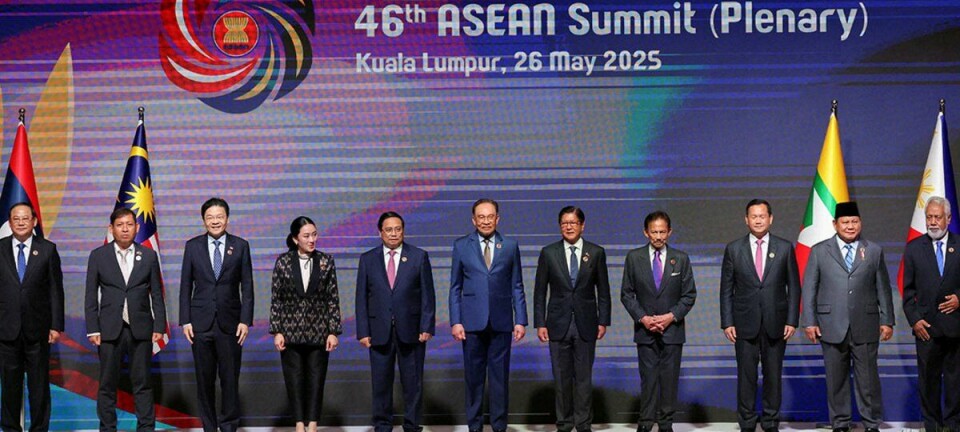Philippines sees weak performance
ASEAN light vehicle sales grow, strong export momentum

The ASEAN light vehicle production market outlook is growing, with revisions up by roughly 22,000 units this year and strong export momentum.
Light vehicle sales in ASEAN increased by 6% year-over-year in April, with growth across all countries aside from the Philippines, driving up forecasts for the year and improving expansion in the first quarter from 2% to 3% in 2025.
While the slight upward revision reflects a positive trend in the industry, the overall ASEAN market is expected to remain flat and steady in 2025, partially due to geopolitical impacts such as the US tariffs and trade wars, as well as economic headwinds, uneven consumer recovery, and a slow pace of EV uptake. Sales of light vehicles for the full year are projected to reach around 3.11m units in total, according to GlobalData, which is essentially unchanged from last year’s volumes, a slight drop from the 3.12m units in 2024.
Growth across Vietnam, Thailand, Indonesia and Malaysia
In Vietnam, demand for light vehicles has continued to increase, rising 35% in April compared to the same time last year. The demand, boosted by economic growth, led to a year-to-date expansion of 48% compared to 2024. Volumes were also helped by a strong governmental incentive to drive consumer demand for EVs, with an extension provided on exemptions for registration fees until February 2027. Sales projection for the country remains unchanged at 521k units this year, according to GlobalData.
Thailand’s automotive market also trended positively, with a slight growth rate of 0.6% in April, mostly due to demand for BEVs and hybrids. Light commercial vehicles did drop though, falling 19% since last year due to a slow market. Its projections for the year also remain mostly steady, at 556k units, a 2% decline YoY in part due to the effects of US tariffs.
Indonesia’s sales increased by 8% YoY in April, however GlobalData expects the growth to slow due to rising vehicle prices and increasing global tension. The country’s driven in large part by Chinese OEMs including BYD, Chery and Geely. The two countries have strong ties in automotive logistics, and BYD is set to complete a new plant in Indonesia by the end of this year, in Subang in West Java. The plant will have capacity for 150,000 vehicles, with the OEM intending to supply the domestic market at first, but export from Indonesia in the long-term.
Sales in Malaysia rose by 4% this year, driven by its national brand Proton and Chinese entrant Jaecoo. As a result, it is expected to reach 790k units for the full year, an increase from the previously forecasted 772k units.
Philippines market outlook following weak April performance
Light vehicle volumes in the Philippines fell in April by 7% YoY, due in part to consumers delaying vehicle purchases, and booking order timings, but growth remained positive (6%) for the year-to-date, meaning the outlook for the year remains unchanged by GlobalData at 492k units.
Overall ASEAN outlook
While the outlook from GlobalData’s point of view remains slightly down from last year, at 3.11m units, it’s important to remember that this is just one forecast and geopolitical shifts can change the industry drastically throughout the year.
Automotive Logistics will be releasing a report on the ASEAN market in the coming months, to delve deeper into the trade dynamics and supply chain systems at play within the region.
ASEAN’s supply chain resilience will depend on flexible network design, deeper collaboration between OEMs and logistics partners, and the ability to integrate new entrants, particularly Chinese EV brands, into existing logistics ecosystems.









